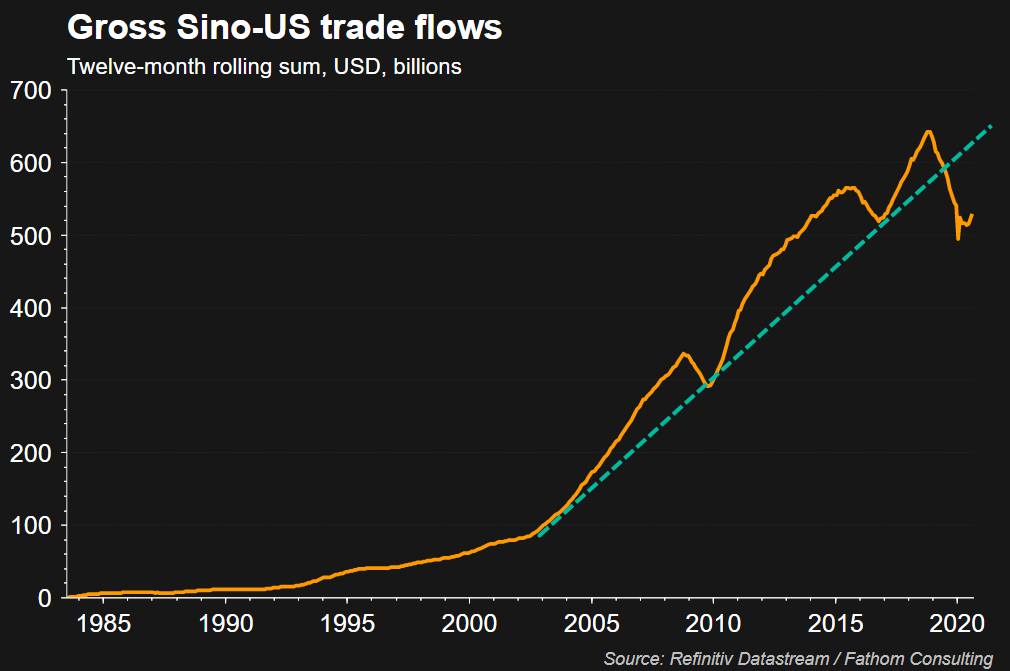Here is what seems to be the USC Marshall School of Business Dean’s response about the controversy:
September 6, 2020
Dear Marshall alumni and friends,
I wanted to take a moment to clarify my message to students at the Marshall School. It was absolutely not my intention to cast any aspersions on specific Mandarin words or on Mandarin generally.
The student complaints we received had nothing to do with the Mandarin language but focused on the use of a polarizing example Professor Patton used when trying to make a reasonable and important point about communication. In his apology to students, he noted he could have chosen a better example to illustrate his point. With Professor Patton’s agreement, he did not finish his accelerated course for our MBA students that ended last week. We are now following standard university procedures to explore the complaints students have raised.
Since I began my tenure at USC Marshall just two months ago, I have been an enthusiastic supporter of the school’s ongoing and future globalization efforts. USC Marshall is blessed with students, faculty and staff from many countries and cultures. I want nothing more than to build relationships with all members of the Trojan family, including and especially the extensive network in Asia.
One of the reasons I am so thrilled to be dean is that the Marshall community is committed to developing and strengthening a learning environment that values greater cultural understanding, one in which all members feel seen, heard, and valued. We respect and honor unconditionally all languages and cultures of our students, faculty and staff and believe each has an important place in our community.
And here is the USC Provost’s response:
September 6, 2020
Dear Marshall alumni and friends,
I wanted to take a moment to clarify my message to students at the Marshall School. It was absolutely not my intention to cast any aspersions on specific Mandarin words or on Mandarin generally.
The student complaints we received had nothing to do with the Mandarin language but focused on the use of a polarizing example Professor Patton used when trying to make a reasonable and important point about communication. In his apology to students, he noted he could have chosen a better example to illustrate his point. With Professor Patton’s agreement, he did not finish his accelerated course for our MBA students that ended last week. We are now following standard university procedures to explore the complaints students have raised.
Since I began my tenure at USC Marshall just two months ago, I have been an enthusiastic supporter of the school’s ongoing and future globalization efforts. USC Marshall is blessed with students, faculty and staff from many countries and cultures. I want nothing more than to build relationships with all members of the Trojan family, including and especially the extensive network in Asia.
One of the reasons I am so thrilled to be dean is that the Marshall community is committed to developing and strengthening a learning environment that values greater cultural understanding, one in which all members feel seen, heard, and valued. We respect and honor unconditionally all languages and cultures of our students, faculty and staff and believe each has an important place in our community.
It seems to me, though, that the statements don’t really discuss the core problem here. Prof. Garrett was talking about business communication, and in particular about filler words (“um,” “er,” and the like). In the process, he gave an example not from Albanian (to give some arbitrarily selected language), but from the most widely spoken native language in the world, and one with which Prof. Garrett—as an expert on business in China—was understandably quite familiar.
That word, often transliterated “neige,” sounds somewhat like the English-language slur “nigger.” But to the extent that this is “polarizing” because it upsets some students, it is the job of USC to teach those students that they should not be upset by such accidents of language. Rather, they should be taught that business school graduates should expect to hear this word if they ever find themselves around Chinese speakers, and to react to it without upset.
Instead, USC concluded that this incident should lead to an utterly extraordinary remedy (whether or not truly voluntary on the professor’s part): replacing the professor a third of the way through the course. That’s not just a message that the professor gave an example that “could have been better chosen” (even if one agrees that a different example should have been chosen). Normally, in such a situation of simply an ill-chosen example, the professor would simply say “Sorry, I could have chosen a better example.”
Rather, the message is that the professor did something very wrong indeed—that English-speaking listeners should rightly treat ordinary use of “neige” when talking about Chinese as a grave offense, rather than catching themselves and saying to themselves “Oh, wait, this is Chinese, of course this is just an accidental homonym.” And implicit in that is the message that Chinese speakers should watch what they say, not just in examples but in ordinary conversation that could be overheard, or risk being pushed into similarly extraordinary (even if supposedly “voluntar[y]”) remedies for acting in an “[ill-]chosen” or “polarizing” way.
from Latest – Reason.com https://ift.tt/2Rdq4c5
via IFTTT

